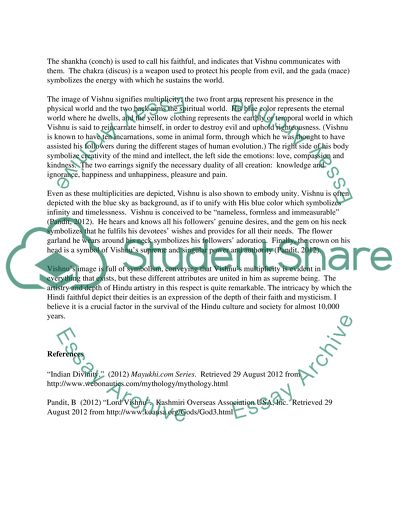Art of Asia: Hinduism and Hindu Art Essay Example | Topics and Well Written Essays - 500 words. Retrieved from https://studentshare.org/visual-arts-film-studies/1456059-art-of-asia-hinduism-and-hindu-art
Art of Asia: Hinduism and Hindu Art Essay Example | Topics and Well Written Essays - 500 Words. https://studentshare.org/visual-arts-film-studies/1456059-art-of-asia-hinduism-and-hindu-art.


